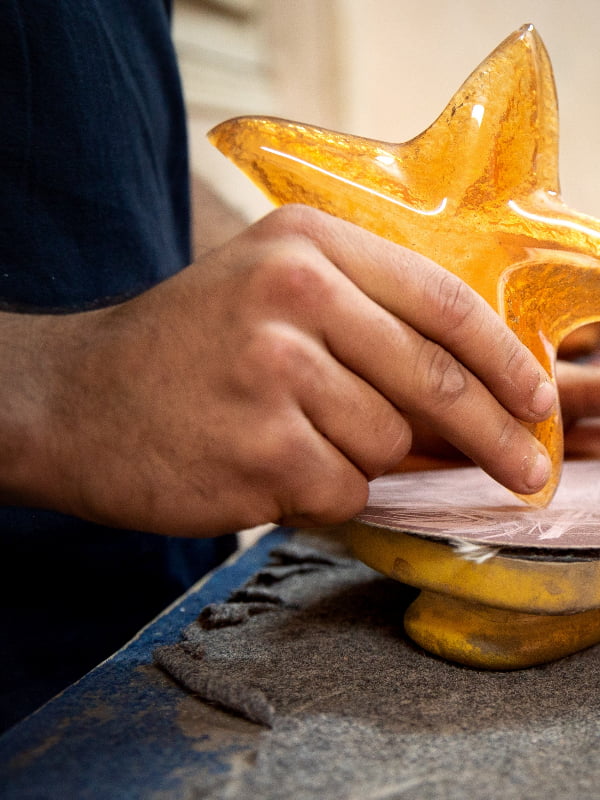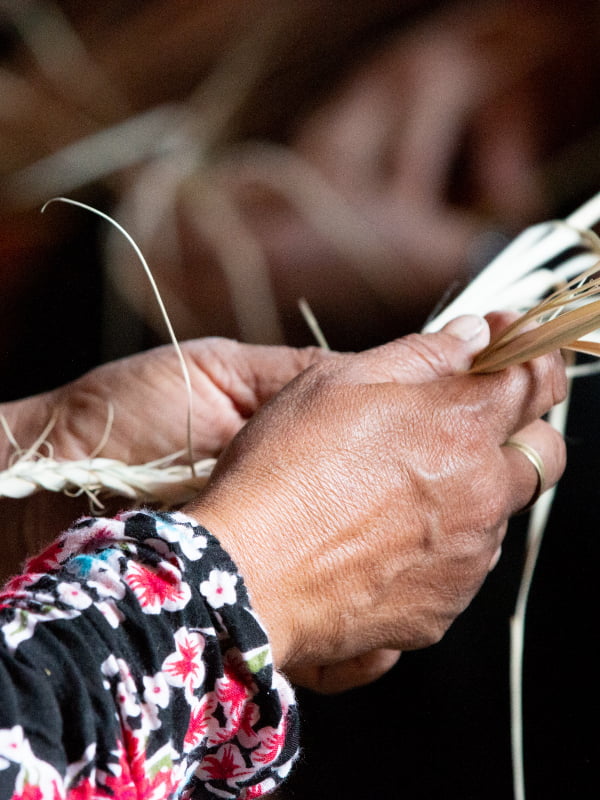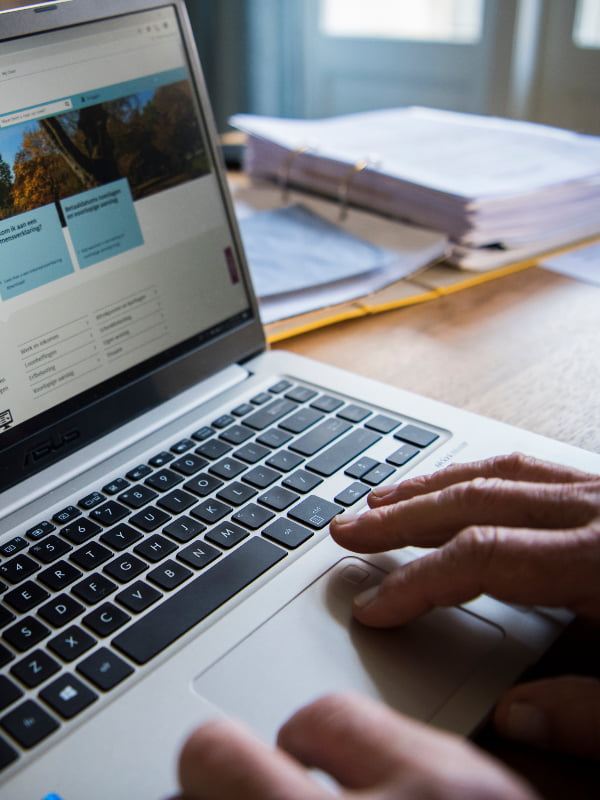Types of Patents and IP Rights: Copyright
Copyright protection concerns works of literature, science and art. Examples to which copyright protection applies include: texts, works of art, instructions for use, brochures, videos and other promotional materials, photographs, ornaments, drawings, scale models and constructions.
The copyright belongs to the producer, up to 70 years after his or her death. By producing a literary, scientific or artistic work, you can claim the copyright straight away, but your work will only be secure once a court judgment has been passed.
Collective management organisation
Most authors of work (including composers, musicians and film makers) exercise their copyrights through a collective management organisation (CMO), such as the:
- Bureau of Musical Copyright (Buma/Stemra)
- Dutch Foundation for the Exploitation of Neighbouring Rights (Sena)
- Reprographic Reproduction Rights Foundation (Stichting Reprorecht)
- Dutch Private Copying Society (Stichting de Thuiskopie)
These collective management organisations are affiliated to the Association of Organisations for the Collective Management of Intellectual Property Rights (Vereniging van Organisaties die Intellectueel eigendom Collectief Exploiteren, VOI©E). CMOs are subject to an EU directive on copyright and related rights.
Find more information about copyright in the Netherlands via the website of the Copyright Interests Foundation (Stichting Auteursrechtbelangen) (Dutch only).
Copyright in the Netherlands is governed by the Dutch copyright law (Auteurswet) (Dutch only).
Independent management entities
Artists are free to sign with an independent management entity. An independent management entity is a commercial entity with the sole objective of managing the artist's commercial or other interests. Independent management entities are are not owned or controlled by rightsholders. They carry out the same activities as Collection Management Oganisations.
They must also provide the same information to the rightsholders they represent, CMOs, users and the public. However, audiovisual producers, record producers, broadcasters and publishers, as well as authors’ and performers’ managers and agents acting as intermediaries, should not be regarded as ‘independent management entities’.
Neighbouring rights
A copyright can be obtained free of charge and offers worldwide protection. Copyright also includes neighbouring rights. Neighbouring rights belong to the following groups: performing artists, producers of phonograms, film producers and broadcasting organisations. Neighbouring rights offer protection for performances by the above-mentioned groups, being:
- the performance
- the phonogram
- the film
- the broadcast
The name 'neighbouring' indicates the relationship that exists between these rights and the copyright. The neighbouring rights are created automatically and are valid for 50 years.
Find more information about neighbouring rights in the Netherlands via the website of the Copyright Interests Foundation (Stichting Auteursrechtbelangen) (Dutch only).
Neighbouring rights in the Netherlands are governed by the Dutch neighbouring rights law (Wet van de naburige rechten) (Dutch only).
Database rights
Databases can be protected by means of a database right and by means of copyright. The database right protects the producer of the database against retrieval or re-use of a substantial part of the database. This right also prohibits the milking of a database. To obtain protection, a substantial investment must be made to build the database.
The exclusive right accrues to the producer; the party who has made the investment in order to create the database and therefore has taken the financial risk (often the client). Protection is given in no set form, and the database is protected for up to 15 years after production. The 15 years can be renewed if an existing database is substantially changed in a qualitative or quantitative sense.
Relation to copyright
If the database has an original structure, this structure is protected by copyright. In that case, the structure is a work that enjoys copyright protection.
Questions about patents?
If you need more information on how to apply for a patent in the Netherlands, please contact the public information office.
- Ministry of Economic Affairs



